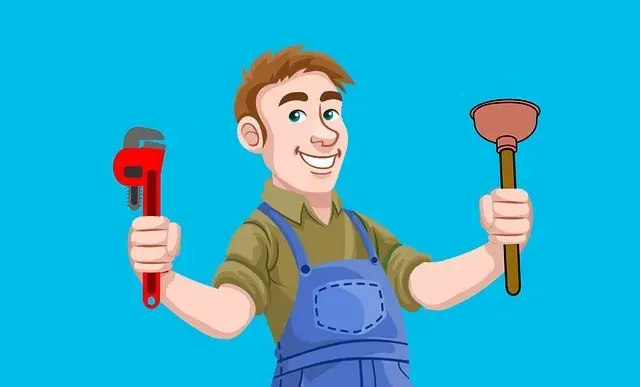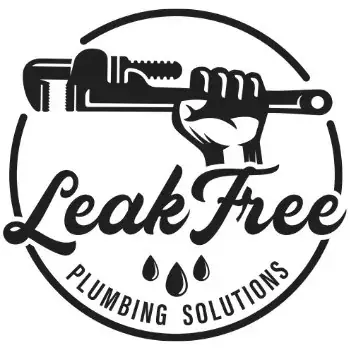What plumbing can I DIY?
If you're currently facing a plumbing issue, either in your kitchen, bathroom, toilet, or outside drains, and find yourself uncertain about whether you should attempt to fix it yourself, it's important to carefully consider a few key factors before making a decision. Plumbing problems can range from minor inconveniences to potentially major complications, and understanding the nature of the issue and your own skills and resources is essential for making an informed choice. There are several tasks that can be safely undertaken by homeowners with basic tools and a little know-how. However, it's essential to recognize your limits and understand when it's best to call in a professional plumber.

Remember, while some plumbing tasks are within the realm of DIY plumbing, it's important to avoid taking on projects that are beyond your skill level to avoid further complications and costly mistakes.
Do It Yourself Plumbing
While a lot of plumbing jobs require a licensed professional to fix them, some plumbing tasks are well-suited for DIY enthusiasts. Here's a guide to help you determine which plumbing projects you can confidently handle on your own:
1. Unclogging Drains:
One of the most common DIY plumbing tasks is unclogging drains. Using a plunger or a drain snake, you can often clear minor clogs in sinks, showers, and bathtubs. Remember to avoid using harsh chemical drain cleaners as they can damage pipes and harm the environment.
2. Installing Faucets and Fixtures:
Installing new faucets, showerheads, or other fixtures is usually a straightforward DIY task. Just make sure you turn off the water supply before starting, follow the manufacturer's instructions carefully, and have the necessary tools like wrenches and plumbers' tape.
3. Replacing Toilet Components:
Replacing components inside your toilet tank, such as the flapper valve or fill valve, can often be done without professional help. These parts are relatively easy to find and replace. However, if you encounter leaks or issues beyond these components, it might be time to consult a plumber.
4. Fixing Leaky Faucets:
A dripping tap can waste water and money. Fixing it is usually manageable for DIY enthusiasts. Identify the type of faucet you have (compression, cartridge, ball, or ceramic disc) and follow online tutorials or manufacturer guidelines for repairing or replacing the faulty parts.
5. Caulking and Sealing:
Caulking around sinks, bathtubs, and showers is a simple DIY task that can prevent water damage and maintain the integrity of your fixtures. Regularly inspect these areas and re-caulk as needed to prevent leaks.
6. Toilet Auguring:
If your toilet is clogged and a plunger doesn't work, you can try using a toilet auger to break up the obstruction. It's important to follow instructions carefully and not force the auger too vigorously to avoid damaging the toilet.
7. Installing Water-Saving Devices:
Installing water-saving devices like aerators on faucets and low-flow showerheads is an eco-friendly DIY project that can help you conserve water and reduce utility bills.
8. Basic Pipe Repairs:
If you have a minor pipe leak or a loose joint, you might be able to fix it yourself using pipe tape or a pipe clamp.
Benefits of a DIY project
Engaging in DIY projects is not only rewarding but also provides an opportunity to learn new skills. Whether it's plumbing, carpentry, painting, or electrical work, you can gain valuable knowledge and experience that can be applied to future projects or even in your daily life.
Each project becomes an opportunity to refine your skills and tackle more complex tasks. You will also enjoy:
- Sense of accomplishment - The satisfaction of looking at a finished project and knowing that you did it yourself can boost your self-esteem and confidence.
- Cost savings - Hiring professionals for certain tasks can be expensive, and by doing the work yourself, you can cut down on labor costs, especially simple tasks that don't require specialized skills.
- Customization - You can tailor a project to your exact preferences and needs, creating something that is uniquely yours.
- Creativity and innovation- You can come up with your own solutions, designs, and ideas, pushing your creative boundaries and thinking outside the box.
- Connection to your home - When you've put in the effort to improve or maintain your home, you tend to have a greater appreciation for it.
- Time management and problem-solving - Overcoming challenges and finding solutions can enhance your problem-solving skills and improve your ability to manage your time effectively.
- Continuous improvement - As you gain experience with DIY projects, you'll likely notice improvement over time. Each project becomes an opportunity to refine your skills and tackle more complex tasks.

For all your plumbing questions or needs call Leak Free Plumbing Solutions on 0422 392 447 to speak to one of our licensed plumbers for professional advice. Or you can complete our online enquiry form.